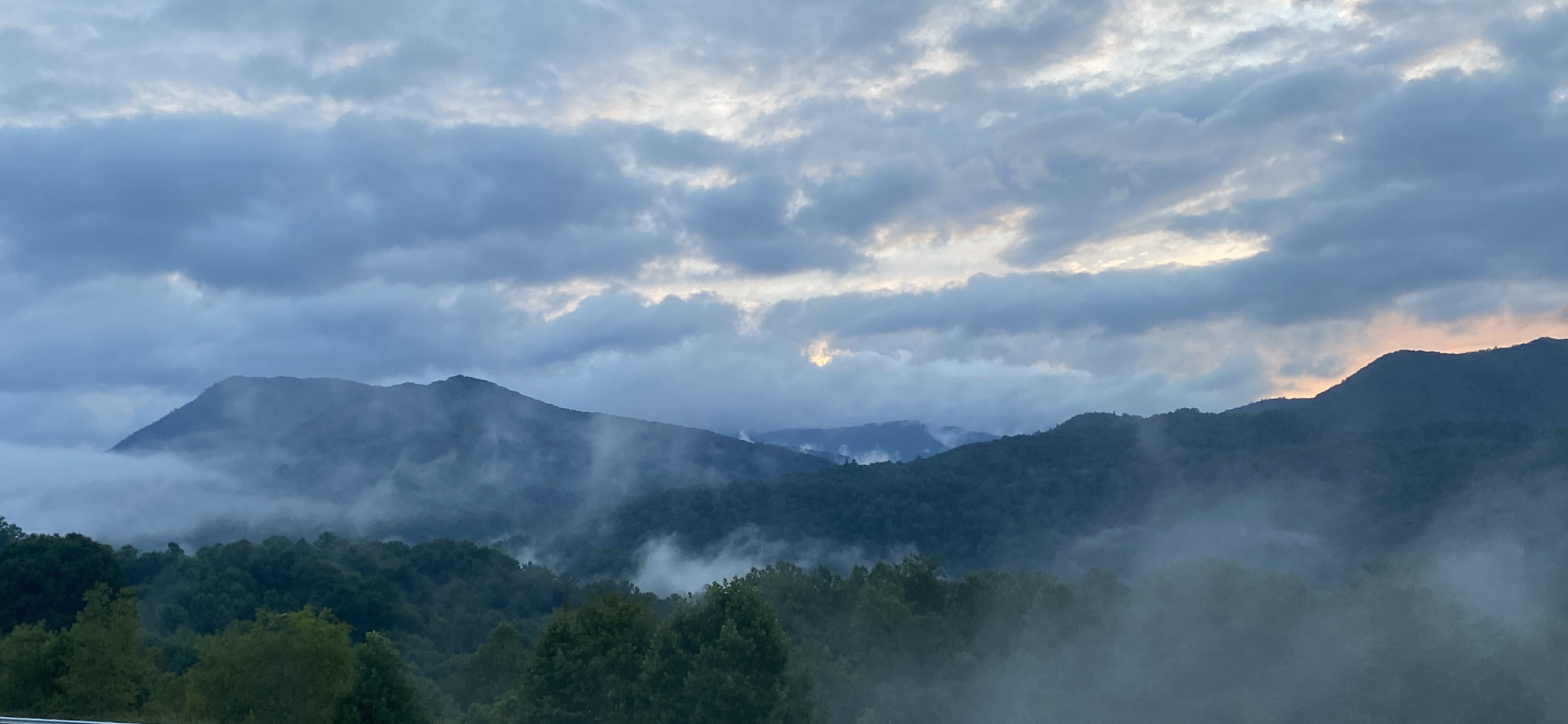Mock up Blue ridge
Blue Ridge Refugia
The Blue Ridge extends from southern Pennsylvania to northern Georgia, varying from narrow ridges to hilly plateaus to more massive mountainous areas, with high peaks reaching over 6600 feet. The mostly forested slopes, high-gradient, cool, clear streams, and rugged terrain occur primarily on metamorphic rocks, with minor areas of igneous and sedimentary geology. Annual precipitation of over 100 inches can occur in the wettest areas, while dry basins can average as little as 40 inches.
The southern Blue Ridge is one of the richest centers of biodiversity in the eastern U.S. It is one of the most floristically diverse ecoregions, and includes Appalachian oak forests, northern hardwoods, and, at the highest elevations, Southeastern spruce-fir forests. Shrub, grass, and heath balds, hemlock, cove hardwoods, and oak-pine communities are also significant.
publications
Kivlin, S. N., Harpe, V. R., Turner, J. H., Moore, J. A., Moorhead, L. C., Beals, K. K., ... & Schweitzer, J. A. (2021). Arbuscular mycorrhizal fungal response to fire and urbanization in the Great Smoky Mountains National Park. Elem Sci Anth, 9(1), 00037.
Le Bouille, D., Fargione, J., & Armsworth, P. R. (2022). Spatiotemporal variation in costs of managing protected areas. Conservation Science and Practice, e12697.
McKenzie, P. F., Iacona, G. D., Larson, E. R., & Armsworth, P. R. (2021). Partitioning tree diversity patterns to prioritize conservation investments. Environmental Conservation, 48(2), 75-83.
Zhu, G., Giam, X., Armsworth, P. R., Cho, S. H., & Papeş, M. (2022). Biodiversity conservation adaptation to climate change: protecting the actors or the stage. Ecological Applications, e2765.
Zhu, G., Papeş, M., Armsworth, P. R., & Giam, X. (2022). Climate change vulnerability of terrestrial vertebrates in a major refuge and dispersal corridor in North America. Diversity and Distributions.
Zhu, G., Papeş, M., Giam, X., Cho, S. H., & Armsworth, P. R. (2021). Are protected areas well-sited to support species in the future in a major climate refuge and corridor in the United States?. Biological Conservation, 255, 108982.


